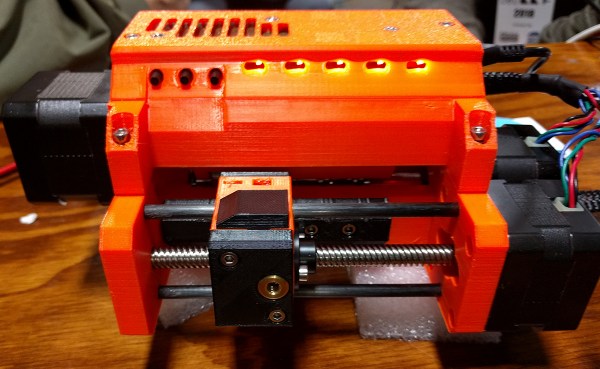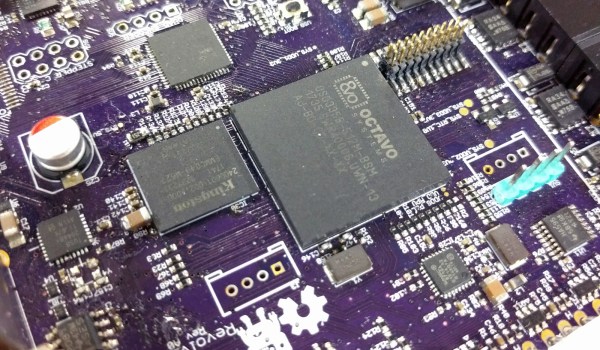Ah, crap. We lost a good one, people. [Samm Sheperd] passed away last month. We’ve seen his stuff before, from a plane with a squirrel cage fan, to completely owning a bunch of engineering students by auditing a class. The obit is available as a Google Doc, and there’s a Samm Sheperd Memorial Fund for the Big Lake Youth Camp in Gladstone, Oregon.
FranLab is closing down! Fran is one of the hardware greats, and she’s being evicted. If you’ve got 2000sqft of workshop space in Philly you’d like to spare, you know who to talk to. There will, probably, be a crowdfunding thing going up shortly, and we’ll post a link when it’s up.
The Parallax Propeller is probably one of the most architecturally interesting microcontrollers out there. It’s somewhat famous for being a multi-core chip, and is commonly used in VGA generation, reading keyboards, and other tasks where you need to do multiple real-time operations simultaneously. The Parallax Propeller 2, the next version of this chip, is in the works, and now there’s real silicon. Everything is working as expected, and we might see this out in the wild real soon.
Thought artistic PCBs were just a con thing? Not anymore, I guess. There has been a lot of activity on Tindie with the Shitty Add-Ons with [TwinkleTwinkie] and [Potato Nightmare] releasing a host of very cool badges for your badges. Most of these are Shitty Add-Ons, and there will be an update to the Shitty Add-On spec shortly. It’s going to be backwards-comparable, so don’t worry.
Unnecessary drama!?! In my 3D printing community?!? Yes, it’s true, there was a small tiff over the Midwest RepRap Festival this week. Here’s what went down. You got three guys. John, Sonny, and Steve. Steve owns SeeMeCNC, based in Goshen, Indiana. John worked for SeeMeCNC until this year, and has been the ‘community manager’ for MRRF along with Sonny. Seeing as how the RepRap Festival is the only thing that ever happens in Goshen, Steve wanted to get the ball rolling for next year’s MRRF, so he sent out an email, sending the community into chaos. No, there’s not some gigantic fracture in the 3D printing community, John and Sonny, ‘were just slacking’ (it’s five months out, dudes. plenty of time.), and Steve wanted to get everything rolling. No problem here, just a bunch of unnecessary drama in the 3D printing community. As usual.




















